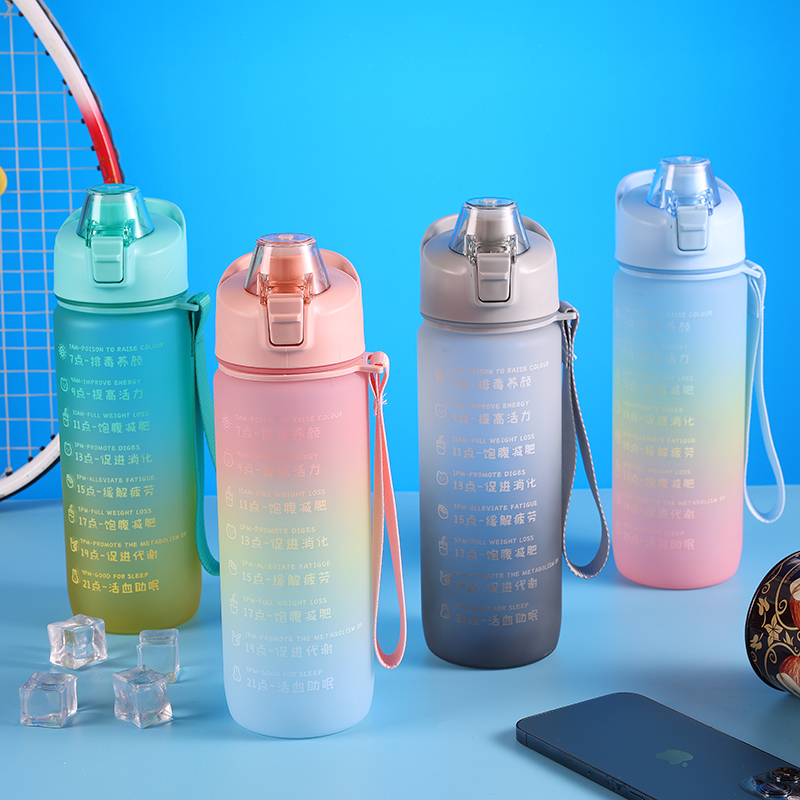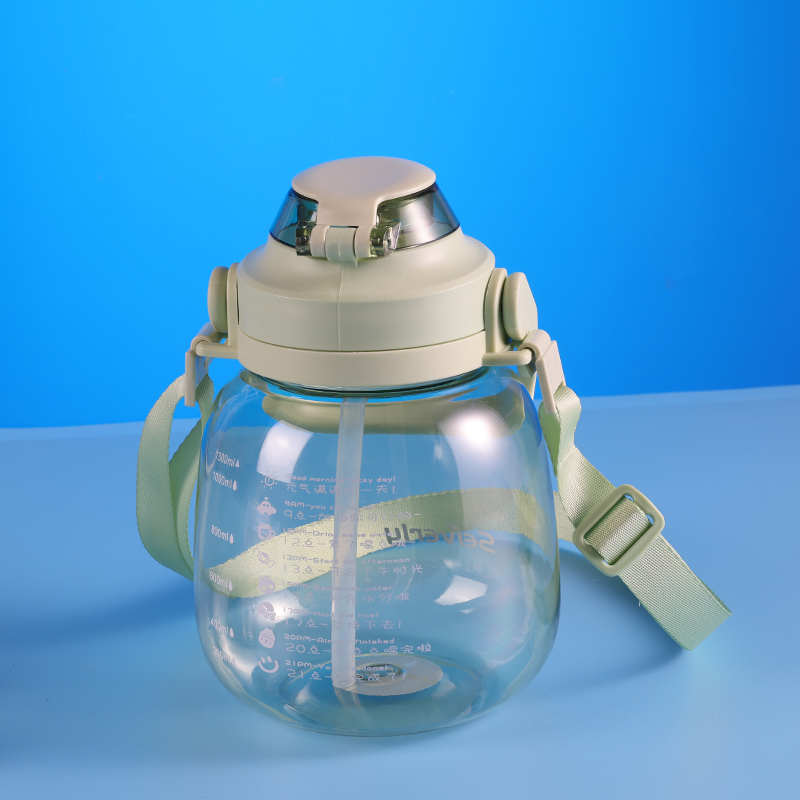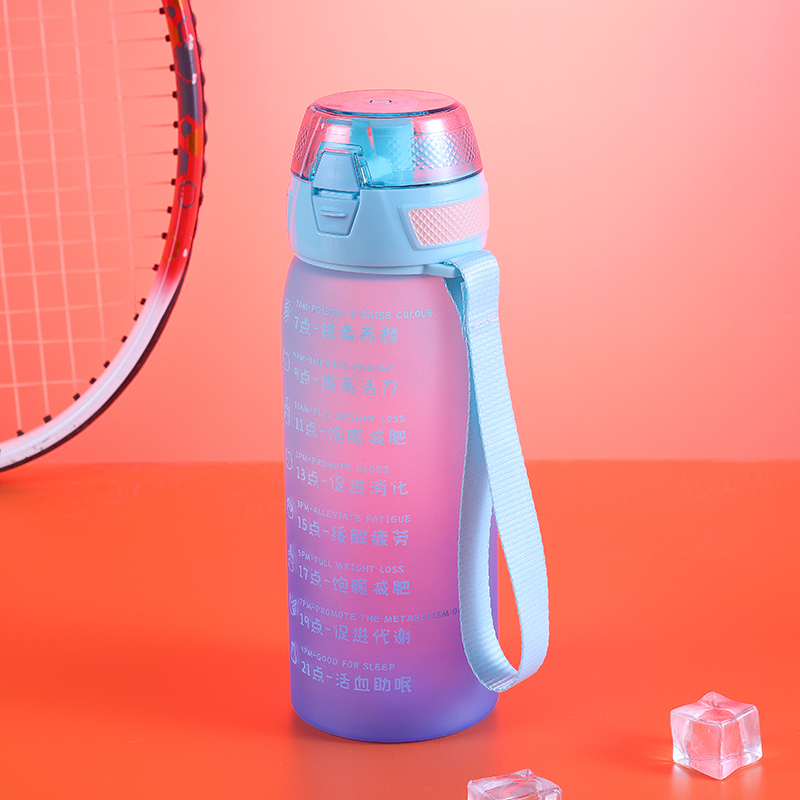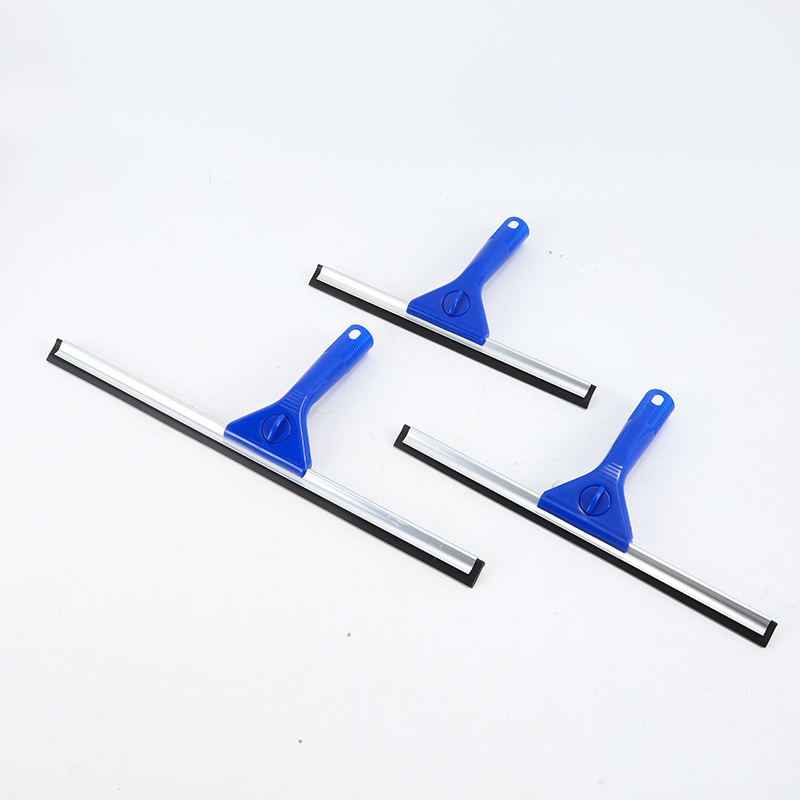Plastic sport bottles have become ubiquitous companions for athletes, fitness enthusiasts, and those on the go. Their seemingly simple design conceals a sophisticated structure, carefully engineered to meet the diverse demands of active individuals.
The body of a plastic sports bottle is typically the most prominent feature. It is designed to hold the liquid, whether it's water, sports drinks, or any other beverage. Key attributes of the bottle body include:
Material: Sport bottles are commonly made from food-grade plastics like polyethylene (PE), polypropylene (PP), or polyethylene terephthalate (PET). These materials are chosen for their durability, lightweight nature, and resistance to odors and stains.
Capacity: Bottles come in various sizes, typically ranging from 12 to 32 ounces (355 to 946 milliliters), catering to different hydration needs.
Shape: The bottle's shape, whether cylindrical or contoured, is designed for easy handling and efficient storage in bottle holders or backpack pockets.
The cap or lid is responsible for sealing the bottle and preventing leaks. It also enables easy access to the liquid inside. The cap design can vary widely:
Screw Cap: The most common type, it features threads on the bottle's neck and cap, ensuring a secure seal.
Push-Pull Cap: Often used for one-handed operation, users can open and close the bottle with a simple push or pull mechanism.
Flip-Top Lid: This design allows for easy access to the drinking spout, which flips up for drinking and down to seal the bottle.
Spout Lid: Some bottles have a narrow spout, ideal for controlled sipping during physical activities.
Straw Lid: These lids have an integrated straw for easy sipping without tilting the bottle. They are popular among athletes and kids.
The drinking spout is the point of access for the liquid within the bottle. Its design influences the ease of drinking and the prevention of spills. Notable spout types include:
Standard Spout: A simple, wide-mouthed opening for quick and easy drinking.
High Flow Spout: A larger, higher-flow spout designed for gulping during intense physical activity.
Narrow Spout: A slim, controlled flow spout for precise sipping and reduced risk of spillage.
The closure mechanism ensures that the cap or lid remains firmly attached to the bottle. This prevents accidental loss and contamination of the spout. Closure mechanisms include:
Threaded Closure: Commonly used with screw caps, this involves twisting the cap to engage the threads on the bottle's neck.
Snap-On Closure: Some bottles feature caps that snap onto the neck, creating a secure seal when pressed into place.
Latch or Clip Closure: In bottles with flip-top or straw lids, a latch or clip mechanism keeps the lid securely closed when not in use.
Many sport bottles incorporate a handle or carrying strap for convenience and portability. This feature allows users to easily carry the bottle or attach it to a backpack or belt. It is especially useful for those on the move during outdoor activities or sports.
To ensure a secure hold on the bottle, grip features are often integrated into the design. These can include:
Textured Surface: Raised or textured patterns on the bottle's exterior provide a non-slip grip.
Contoured Shape: Some bottles feature ergonomic contours that fit comfortably in the hand.
Rubberized Sleeve: A rubber or silicone sleeve may be added to enhance grip and insulate the contents.
The choice of plastic material used for the bottle impacts its durability and performance. Common plastics used in sport bottle construction include:
Polyethylene (PE): Known for its durability and resistance to impact, PE bottles are rugged and ideal for active lifestyles.
Polypropylene (PP): PP bottles are lightweight, resistant to chemicals, and often used for food and beverage containers.
Polyethylene Terephthalate (PET): PET bottles are lightweight and offer exceptional clarity for showcasing the bottle's contents.
Some plastic sports bottles come with insulation properties to maintain the temperature of the liquid inside. Insulated bottles can keep beverages cold or hot for extended periods, which is beneficial for outdoor activities and longer workouts.
Many manufacturers offer options for customization and branding. This includes adding logos, graphics, or custom colors to the bottle's exterior to reflect a brand, team, or personal style.


 English
English Español
Español 中文简体
中文简体










